#connoquenessing sandstone
Text



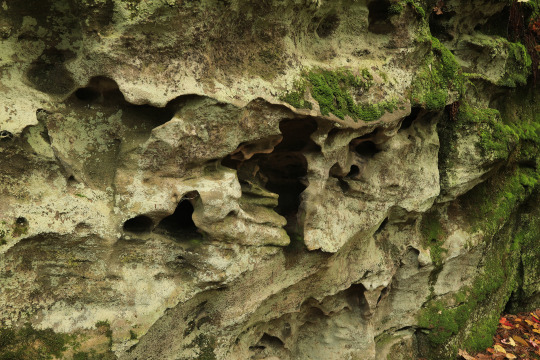


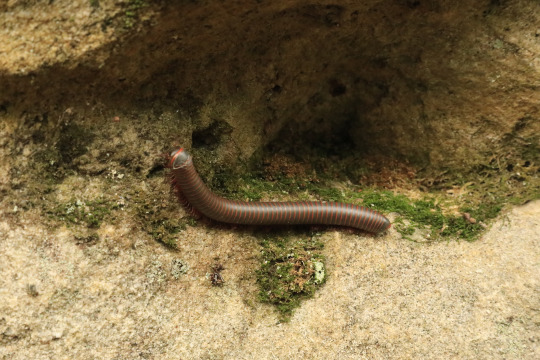


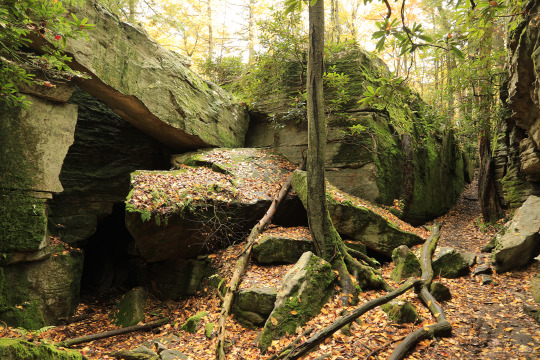
I'm forever drawn to places where the Earth's geologic past has been thrust up from the mantle and opened like a crusty, craggy history book for all to read. The act of simply touching a rock formation that is hundreds of millions of years in the making and simultaneously connecting with the continent's primeval origins is both sacred and profound. Every layer of rock tells a story of its own. Against these accumulated histories, our mayfly existences barely register. Rock City at Coopers Rock State Forest is one of those very special places where the Earth has revealed her deepest secrets. The Pottsville Formation that underlies this part of Central Appalachia is estimated to be 300 hundred million years old. The massive slabs in the photos above are Connoquenessing sandstone, an erosion-resistant sedimentary rock that evokes the incredible drama of Earth's formation wherever it breaks through the crust.
#appalachia#vandalia#west virginia#fall#coopers rock state forest#chestnut ridge#cheat river canyon#cheat river#rock city#pottsville formation#connoquenessing sandstone#geology#natural history#gaia#origins
477 notes
·
View notes
Text

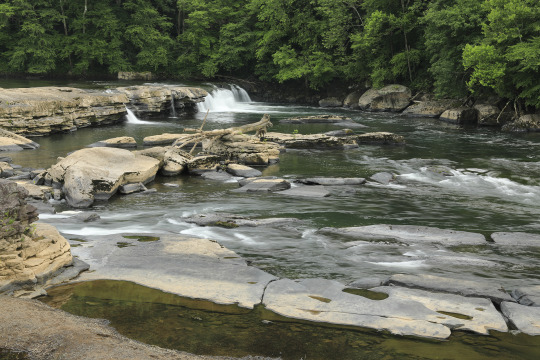

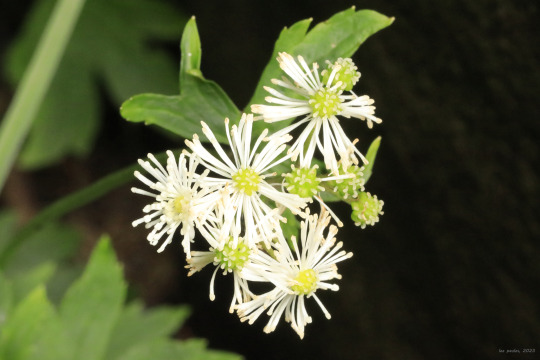

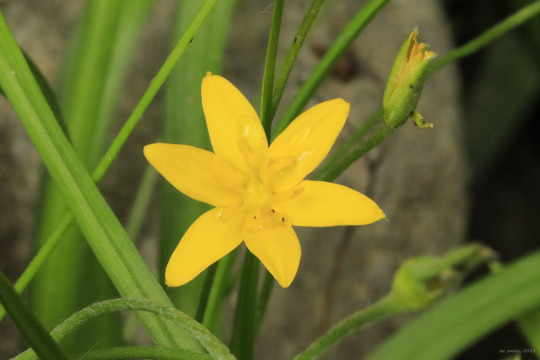


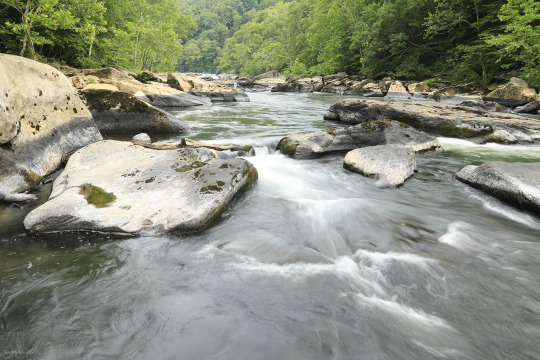
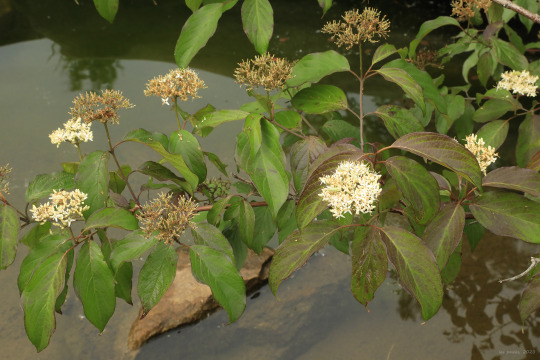
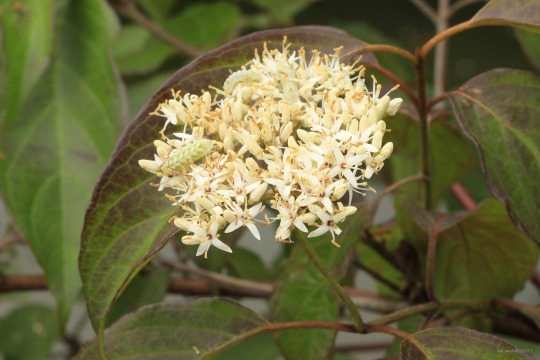
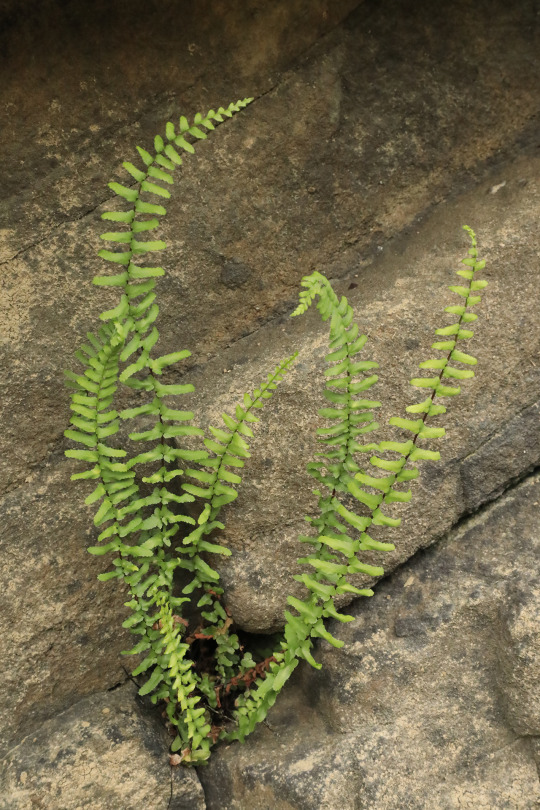

Where it narrows and plummets through a steep gorge at Valley Falls State Park, the Tygart Valley River has broken the Connoquenessing sandstone through which it passes into massive, jumbled slabs. In the margins of these wrecked pillars, where sediment and fine sand wash out, a great diversity of life has sprung up. The river is both destroyer and creator, more powerful and relentless than any god man has dreamed up.
From top: royal fern (Osmunda regalis var. spectabilis), a water-loving beauty that clumps in the nooks between the boulders; the elegant tassel rue (Trauvetteria carolinensis), with its sharply-lobed, palmate leaves; yellow star grass (Hypoxis hirsuta), whose six-petaled flowers and delicate, grass-like leaves are quite attractive; American water willow (Justicia americana), whose creeping rhizomes allow the plant to form extensive colonies at the edges of streams and rivers; silky dogwood (Cornus amomum), a thicket-forming wetlands lover; and ebony spleenwort (Asplenium platyneuron), easily identified by its brown stem.
#appalachia#west virginia#vandalia#flora#wildflowers#valley falls state park#tygart valley river#connoquenessing sandstone#pottsville formation#rapids#waterfalls#royal fern#tassel rue#yellow star grass#common goldstar#american water willow#silky dogwood#ebony spleenwort#early summer
82 notes
·
View notes
Photo
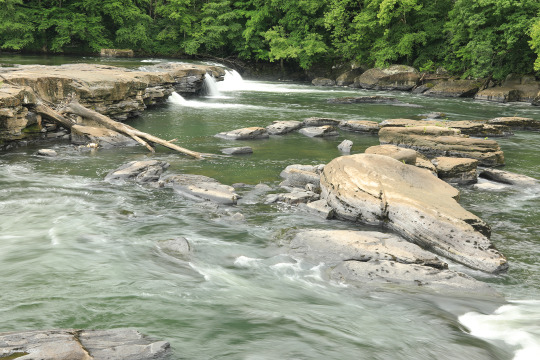
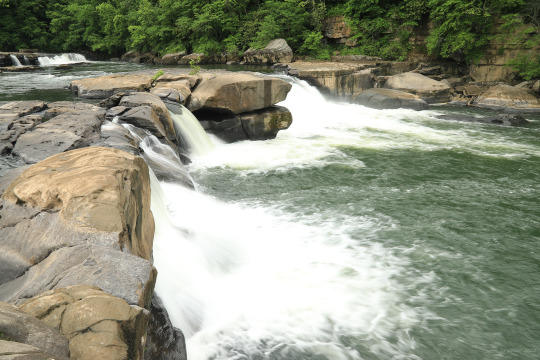

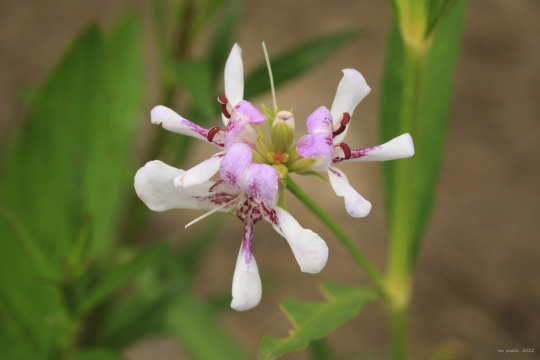
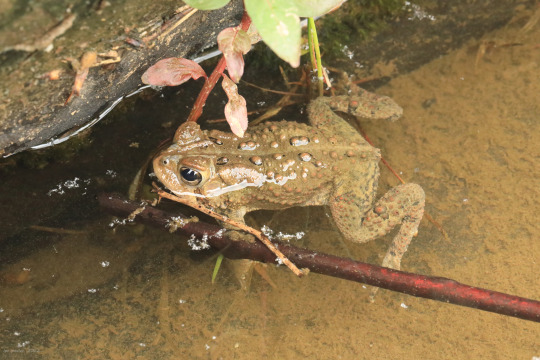
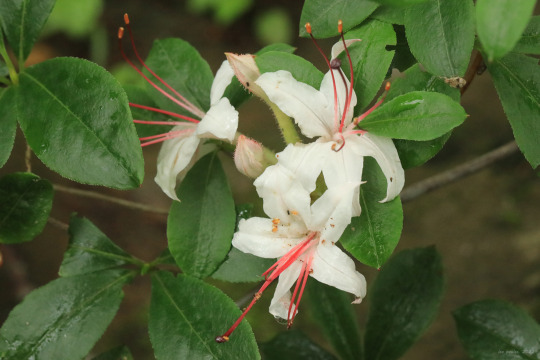

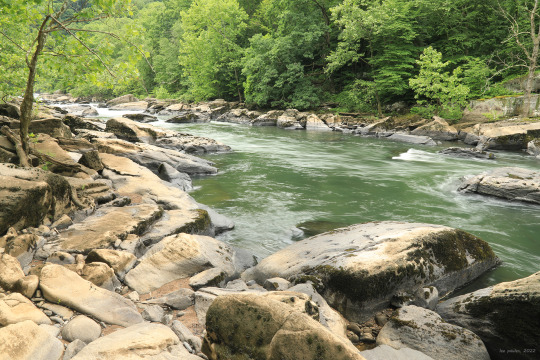

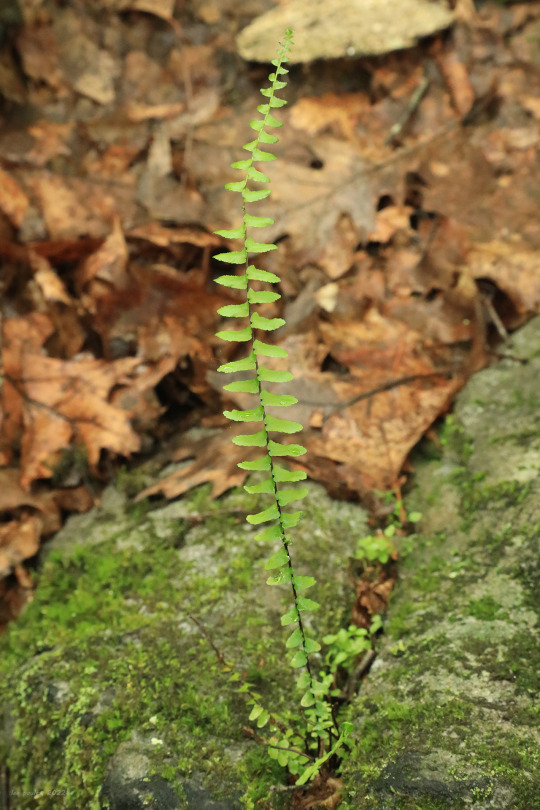
Valley Falls State Park is best known for the dramatic cascades and rapids formed by the Tygart Valley River as it “squeezes” through a narrow gorge on the way to its eventual confluence with the Monongahela River in Fairmont. The park was once the site of a grist mill in the mid-1800s, but the only evidence remaining today is a spillway, a grinding stone, and an abandoned quarry, now overtaken by forest. Falls notwithstanding, I’m ever in awe of the massive slabs of Upper Connoquenessing sandstone piled up on either side of the river - they provide both a testament to earth’s prehistoric past and an amazing riparian zone of rocky pools and sandy embankments where seeds from farther upstream can deposit and take root, providing homes to many uniquely-adapted species.
From top: American water willow (Justicia americana), a showy aquatic perennial that forms large colonies in the shallow riffles of streams; an eastern American toad (Anaxyrus americanus americanus), which was busy croaking and making babies in a rocky pool near the falls; sweet azalea (Rhododendron arborescens), also known as smooth azalea, a rangy, stream-loving shrub whose strongly-scented, white flowers have distinctive red stamens; yellow star grass (Hypoxis hirsuta), an exquisite riparian member of the lily family that clumps on the moist, sandy banks of fast-moving streams; royal fern (Osmunda regalis), a spectacularly beautiful fern that loves the nooks between the boulders at the river’s edge; and ebony spleenwort (Asplenium platyneuron), also known as brownstem spleenwort, an elegant, upright fern with a special fondness for the same rocky nooks.
#appalachia#vandalia#west virginia#tygart valley river#valley falls state park#waterfalls#rapids#riparian#connoquenessing sandstone#geology#spring#wildflowers#flora#amphibian#toad#anaxyrus americanus#american toad#justicia americana#american water willow#rhododendron arborescens#sweet azalea#smooth azalea#hypoxis hirsuta#yellow star grass#osmunda regalis#royal fern#asplenium platyneuron#ebony spleenwort#brownstem spleenwort
172 notes
·
View notes
Photo
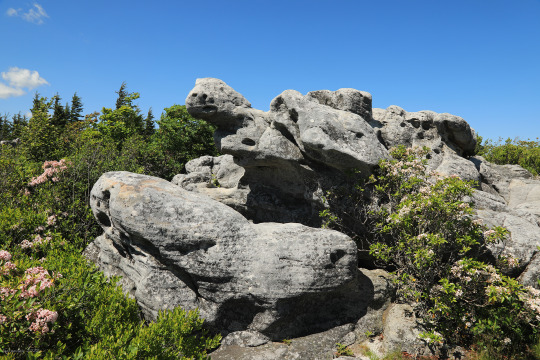

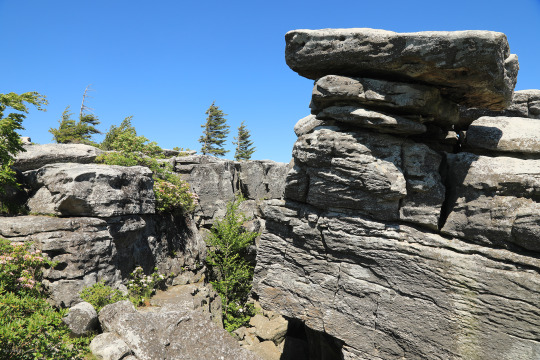




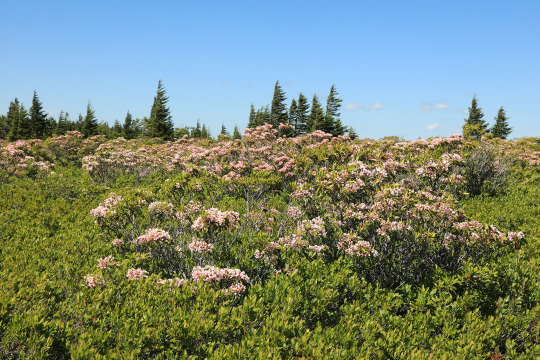
Bear Rocks Preserve, located adjacent to the Dolly Sods Wilderness, encompasses a dramatic sandstone promontory overlooking the Valley and Ridge Province of the Central Appalachians and the Potomac River drainage. The preserve is characterized by its sprawling heath plains, which turn vivid red and purple in the fall, red spruce flagged by near constant, buffeting winds, and massive slabs of Connoquenessing sandstone that break the spine of the Allegheny Front and form the most amazing features and patterns - faces, animals, etc. Wind, rain, and ice are the primary forces of change here, but that change comes slowly to human eyes; the landscape looks much the way it did when I first visited it forty-plus years ago.
Last year, Bear Rocks Preserve and adjoining lands were incorporated into the nation’s 600th National Natural Landmark, the Bear Rocks and Allegheny Front Preserve NNL.
#appalachia#vandalia#west virginia#allegheny mountains#allegheny front#valley and ridge#bear rocks preserve#bear rocks and allegheny front preserve national natural landmark#picea rubens#red spruce#kalmia latifolia#mountain laurel#the nature conservancy#connoquenessing sandstone#natural history
73 notes
·
View notes
Photo


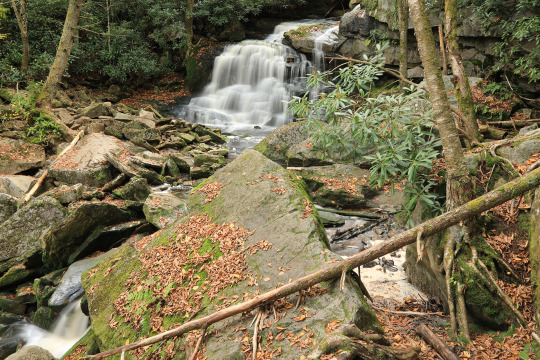

Above are the first two cataracts of Elakala Falls on Shays Run at Blackwater Falls State Park. Two more cataracts (even more beautiful) descend into the canyon below, but they’re only accessible after a fair amount of ballsy bushwhacking through rhododendron and hemlock thickets and perilous navigation over imposing sandstone boulders and outcroppings, which I would never do by myself. With Bear Grylls maybe. The falls are just part of the package, of course. Everything about this place - from the tortured root systems clinging to the moss-covered boulders to the rhododendron dramatically cascading from the sheer sandstone walls - is alive with an ancient and powerful self-awareness, extending back eons to the planet’s very origins. The geological history of the world is written into this rock, and it’s a story well worth getting to know.
#appalachia#vandalia#west virginia#elakala falls#shays run#blackwater canyon#blackwater falls state park#allegheny mountains#geology#pottsville formation#connoquenessing sandstone#molasse#fall#autumn#waterfalls
101 notes
·
View notes
Photo
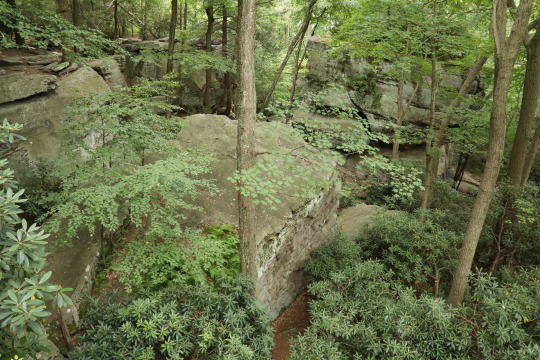
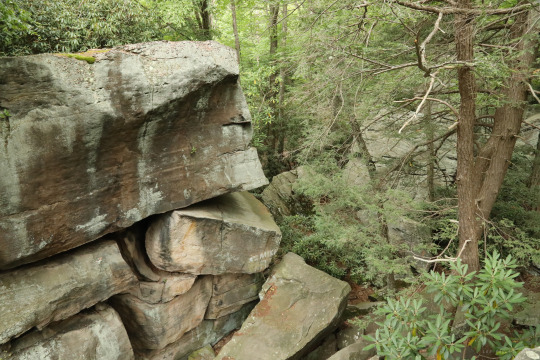
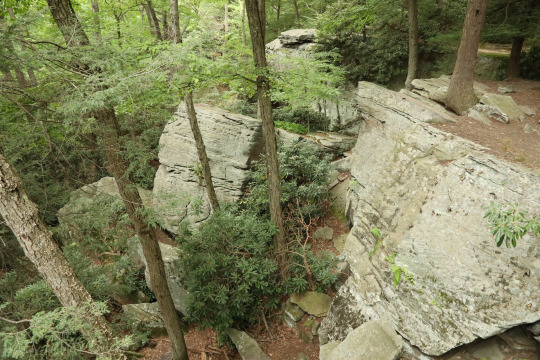
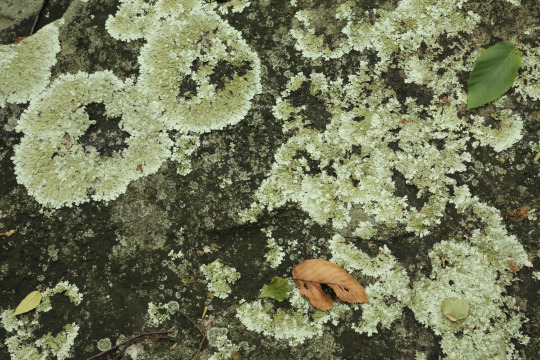




A short hike on the Rattlesnake Trail from the main overlook to Rock City is a great way to get up close and personal with the ancient geology of Coopers Rock State Forest and the Cheat River Canyon. The bedrock of the canyon is part of the Pottsville Formation and consists of sandstone, limestone, shale, and bituminous coal. The most prominent feature along the Rattlesnake Trail is upper Connoquenessing sandstone, a fine to moderate-grained sandstone that is resistant to erosion. This rock group formed during the Pennsylvanian Period about 300 million years ago when the current area was a swampy river delta located south of the equator. When you touch these rock faces, you’re literally connecting with earth’s primeval past. The great boulder fields and rock channels of Cheat River Canyon are endlessly fascinating to me, not only for their geological significance, but also for the animal and plants uniquely adapted to live in the rocky habitat, such as mountain spleenwort (Asplenium montanum).
#appalachia#vandalia#west virginia#geology#rock formation#natural history#upper connoquenessing sandstone#pottsville formation#bedrock#pennsylvanian period#asplenium#mountain spleenwort#coopers rock state forest#cheat canyon#cheat river canyon
525 notes
·
View notes
Photo

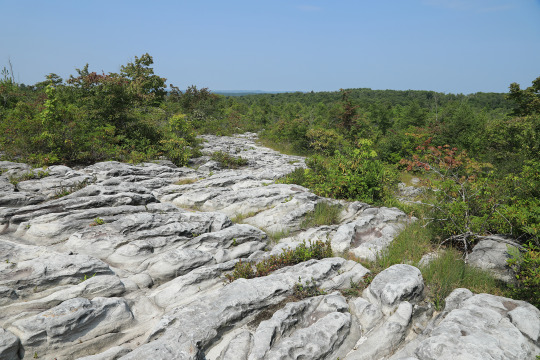

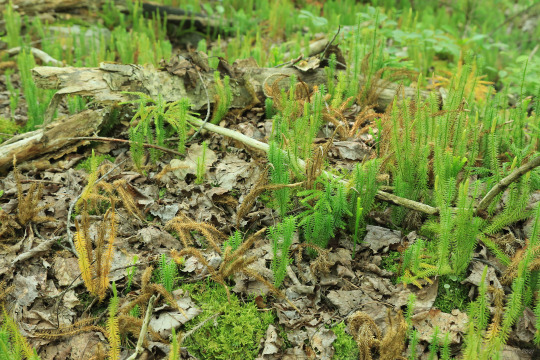
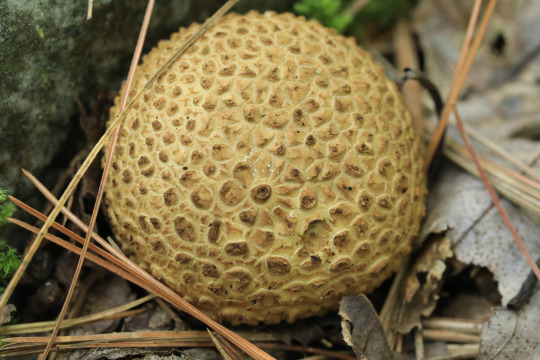
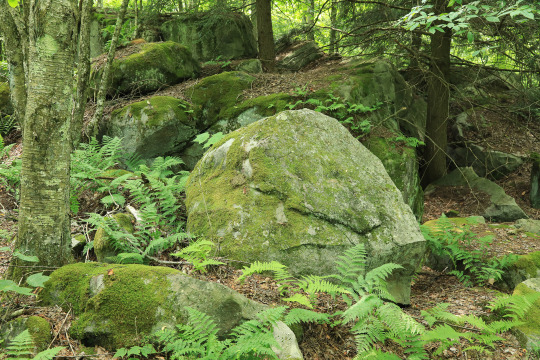


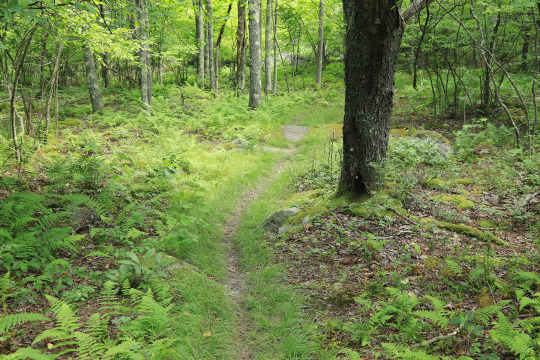

The Yellow Creek Natural Area borders the Canaan Valley National Wildlife Refuge and Little Canaan Wildlife Management Area just a few miles outside of Davis, West Virginia. Acquired in 2019 by the West Virginia Land Trust, the preserve protects a fragile landscape of bogs, heathland, northern hardwood forest, and recovering red spruce copses that hold the key to the restoration of this high elevation ecosystem. It is a magical place, marked by ancient rock gardens, undulating Connoquenessing sandstone slopes, blueberry thickets, rhododendron and mountain laurel mazes, and tannin-stained streams. The Heart of Highlands Trail System traverses the preserve and adjoining public lands with well-maintained and blazed trails, open to both hikers and mountain bikers. Although the nearby state parks and Dolly Sods Wilderness are the primary local attractions, the nearly twenty thousand square acres of contiguous wildlands formed by the natural area, national wildlife refuge, and wildlife management area are well worth exploring while you’re in the neighborhood.
#appalachia#vandalia#west virginia#summer#road trip#nature preserve#yellow creek natural area#west virginia land trust#heart of the highlands trail system#canaan valley national wildlife refuge#little canaan wildlife management area#allegheny mountains
110 notes
·
View notes
Photo



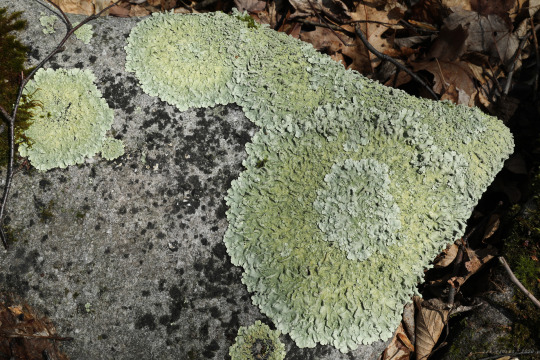

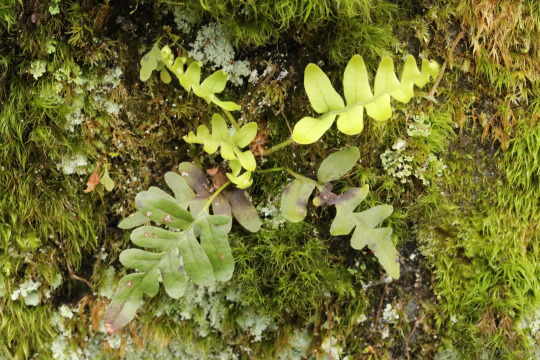
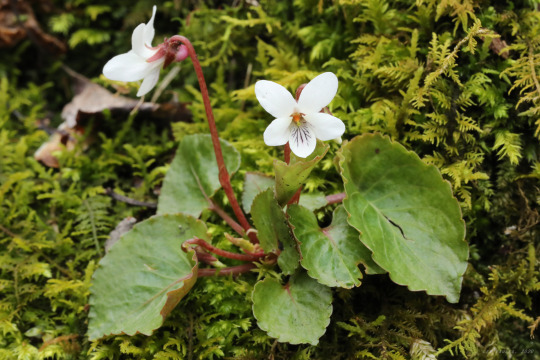
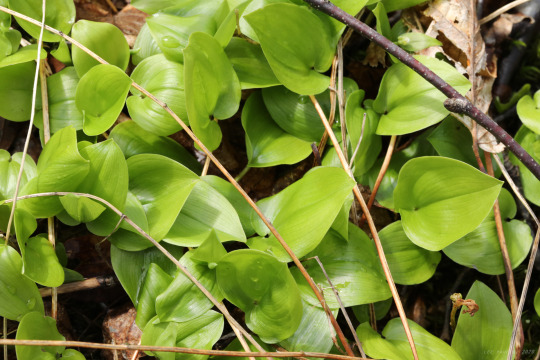

The Cheat River Canyon, which forms the western boundary of Coopers Rock State Forest, spectacularly exposes the area’s geologic history, primarily in the form of Upper Connoquenessing sandstone, but with layers of shale and limestone thrown in for good measure. The canyon’s living things must come to terms with the ancient bedrock, which frequently thrusts from the ground in great, angular slabs and topples over into gargantuan boulder fields. And yet, life thrives around and on the imposing rock edifices, sometimes familiar and sometimes surprising: polypody fern; the diminutive but tough sweet white violet; Canada mayflower; and smooth Solomon’s seal, to name a few.
#appalachia#vandalia#west virginia#spring#flora#wildflowers#geology#sandstone#shale#limestone#cheat river#cheat canyon#polypody#sweet white violet#smooth solomon's seal#coopers rock state forest
284 notes
·
View notes